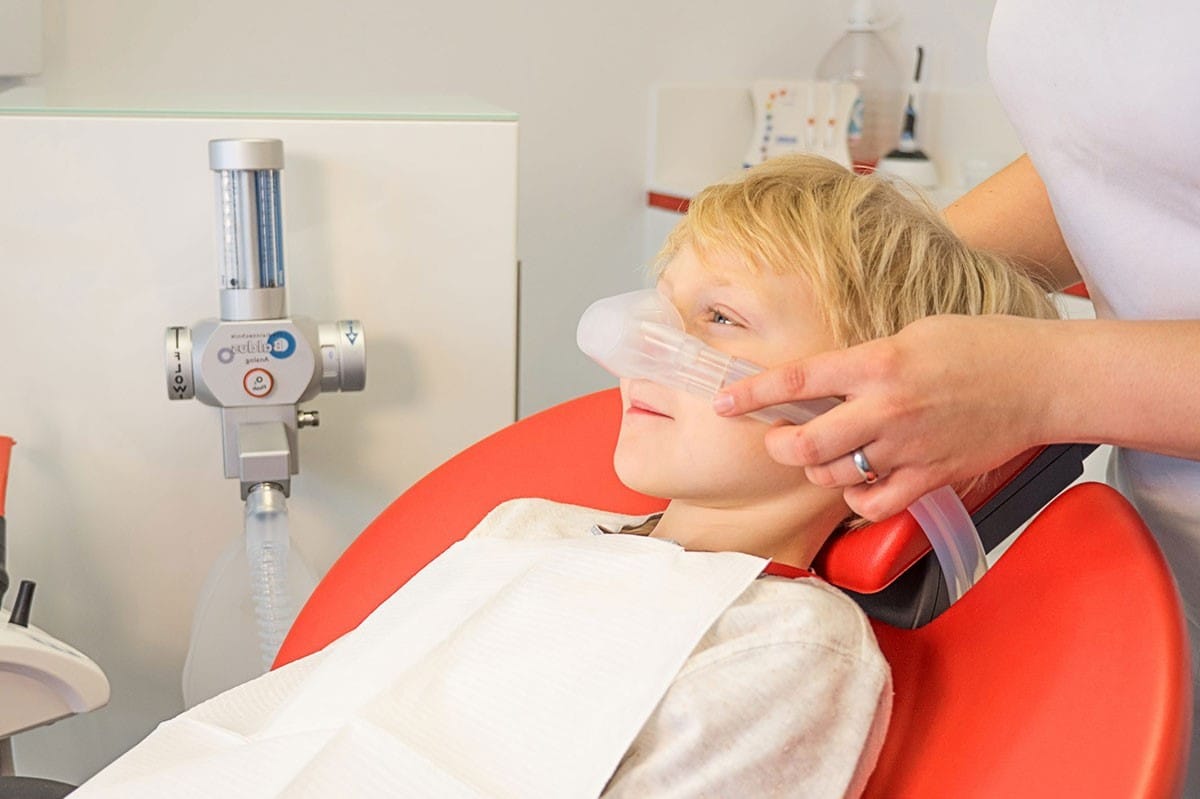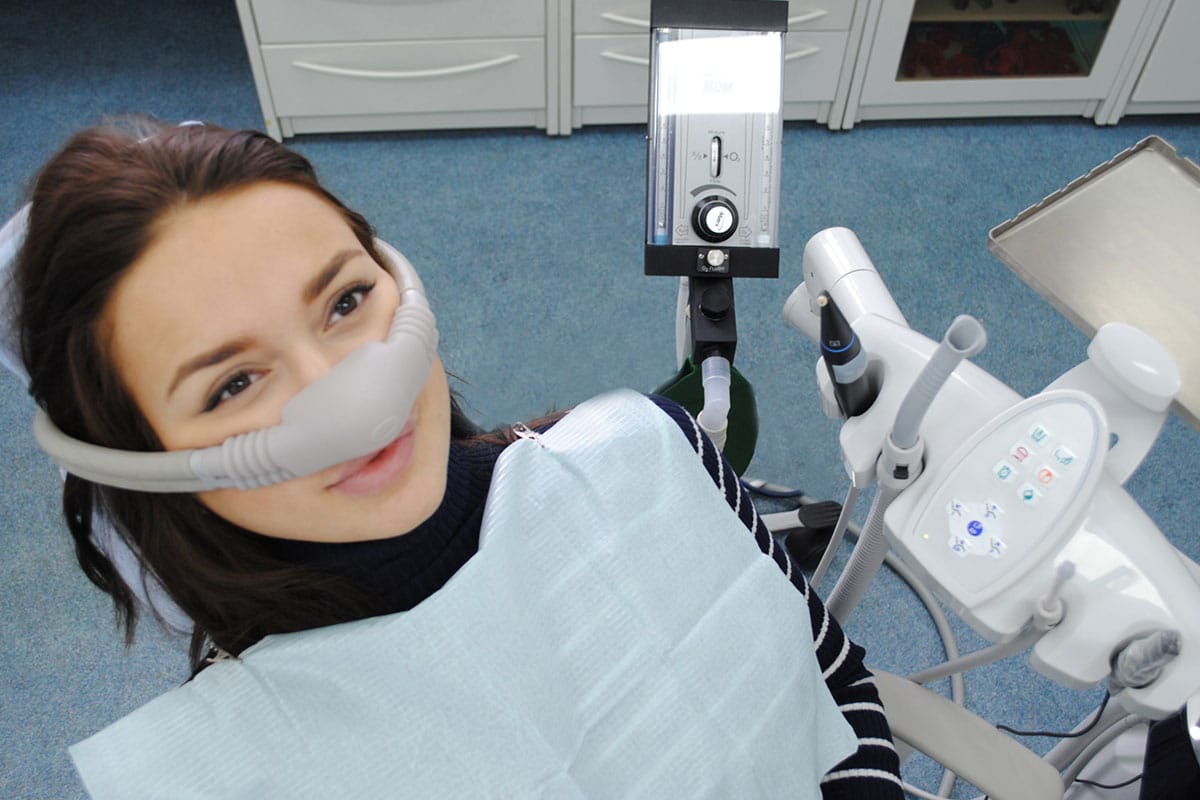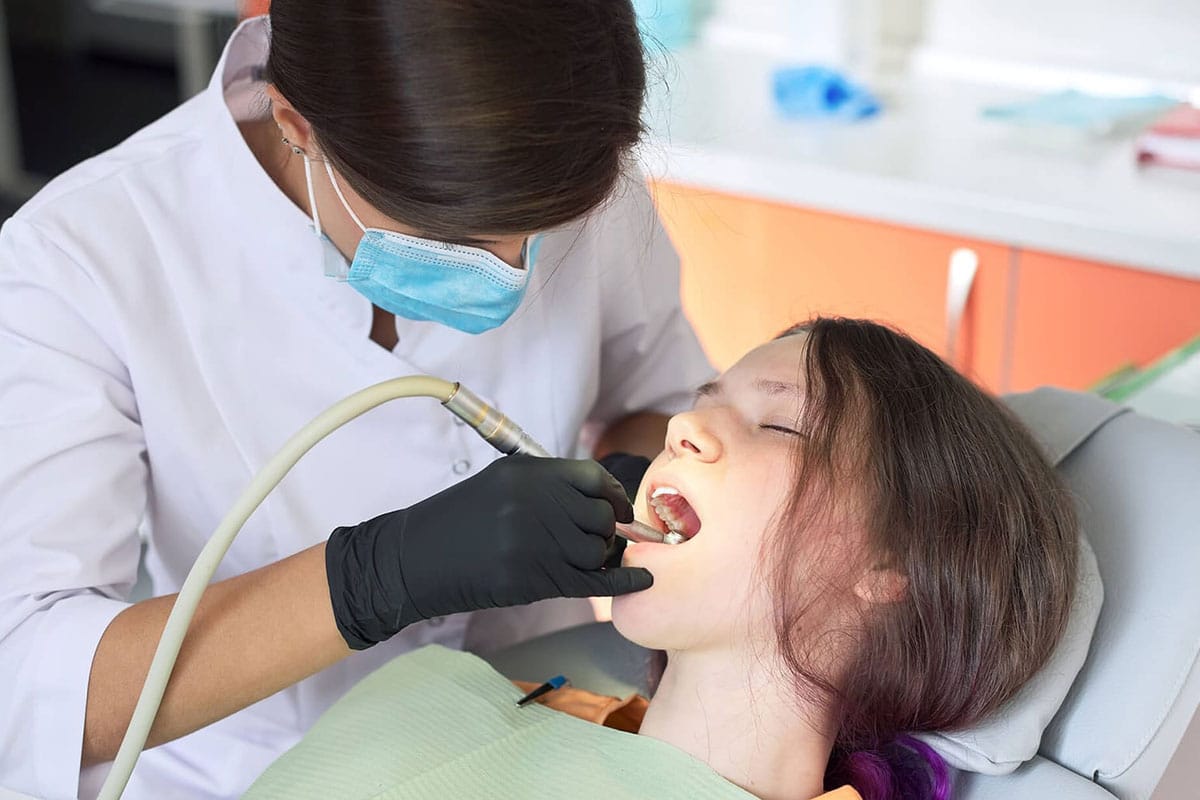NITROUS OXIDE SEDATION: WHAT IS IT, ITS BENEFITS AND USES
Nitrous oxide gas, more commonly known as laughing gas, is a mild to moderate form of sedation typically used by health care practitioners or dentists while performing various treatments. It is a non-flammable, odorless, and colorless gas and proves to be really effective during dental procedures as it relaxes patients, minimizes pain sensations, and imparts pleasurable feelings right after inhalation. Nitrous oxide sedation is considered to be a really effective solution in comforting patients during surgical processes, and its effects are completely reversible. That’s why nitrous oxide is widely preferred and is considered to be the safest sedation method.
Nitrous oxide gas has multiple benefits, including:
- It is easily administered
- Has less recovery time
- Effectively calm patients with extreme anxiety issues
In dental procedures, dentists give patients pure oxygen to flush the nitrous oxide out of their system after the treatment is over. This type of sedation allows patients to drive themselves home and resume their daily life activities right after the procedure because the laughing gas leaves the system so rapidly. Furthermore, it’s an excellent solution for children or patients with special needs and is also considered a great option for patients who might otherwise struggle to remain calm during the treatment process.
The amount of gas that patients receive is monitored and controlled by the dentist to ensure their safety. Patients begin to feel relaxed right after the inhalation of nitrous oxide and will not recognize any pain, enabling the dentist in Toronto to perform the dental work more conveniently while patients stay completely calm and comfortable.
USES OF NITROUS OXIDE SEDATION:
Nitrous oxide gas is used in various capacities in healthcare, such as dentistry, to manage pain sensations and to keep patients calm and relaxed during treatment processes. However, it is always a patient’s choice to receive nitrous oxide sedation, and the health care professionals provide a complete explanation to them about what to expect during any sedation procedure.
1. IN PAEDIATRIC DENTISTRY:
Nitrous oxide sedation proves to be really effective for children. It is an effective way to help reduce children’s anxiety and pain during dental treatments. The nitrous oxide gas is given through a small nosepiece, and children usually remain awake throughout the treatment procedure. Children generally recover quickly from the effects of the gas right after the mask is removed after the dental treatment has been completed. This is the safest form of sedation that does not exert any harmful effects on the health of children. That’s why it is widely preferred in the field of pediatric dentistry.
2. IN EMERGENCY PROCEDURES:
Nitrous oxide sedation is widely utilized in emergency treatment processes because of its rapid onset and offset. It can make potentially painful procedures comfortable and bearable because its effects are quick and are exerted within a few minutes.
3. UTILISATION FOR PATIENTS WITH SPECIAL HEALTH CARE NEEDS:
Nitrous oxide sedation makes complex treatment processes easier for patients with special care needs, such as extremely fearful, anxious, or obstreperous patients and patients whose gag reflex interferes with dental care treatments. It also proves to be very effective for patients for whom profound local anaesthesia cannot be obtained.
Simply, nitrous oxide sedation dentistry eases the phobias and anxieties of patients and helps them remain calm and comfortable during dental procedures. It also enables dentists to work faster when patients are under sedation, which can result in fewer appointments. Moreover, many people have severe dental anxiety, and they avoid going to the dentist altogether. Sedation helps such people feel more comfortable so they can receive the right type of treatment they need without feeling anxious or uncomfortable.
HOW NITROUS OXIDE SEDATION WORKS?
When consumed in a controlled setting, nitrous oxide gas exerts a euphoric effect on the body of patients. Its effects occur instantaneously and diminish as soon as the gas is no longer being consumed.
When a person inhales nitrous oxide, it displaces the air in the lungs and prevents oxygen from reaching the brain and blood. As a result of this oxygen deprivation, people might get giggles as well, but it is a rare case. Some people also experience mild hallucinations. After the treatment procedures are completed with the help of nitrous oxide sedation, people are able to resume their daily life activities or drive themselves back home, as it does not have long-lasting effects on the minds of people.
Nitrous oxide sedation or laughing gas does not require shots or IVs for administration. Instead, it is simply inhaled with a mixture of oxygen through a facemask. That’s why it is so popular in the field of dentistry. Moreover, the depth of sedation can be easily increased and decreased. It also works very rapidly and is very safe for the heart, brain, liver, lungs, and kidneys.














